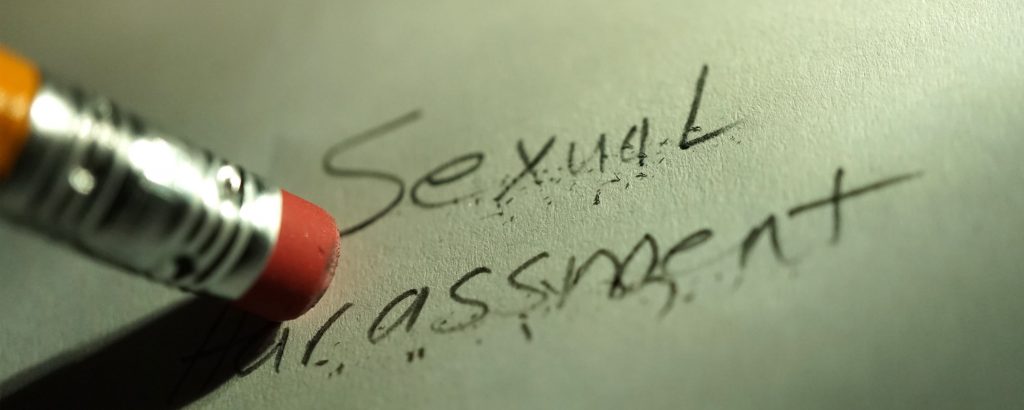Though you rarely see the words spelled out, LEED stands for Leadership in Energy and Environmental Design (LEED). That pretty much sums up the meaning of LEED certification. With over 20 years of providing certifications to architects, developers and builders, LEED has become the gold standard in green building.
What is LEED?
Buildings currently create 38% of U.S. greenhouse gasses. LEED came about when dozens of American architectural firms banded together with a construction manager and an environmental lawyer to counteract the large carbon footprint of U.S. buildings. According to the Sustainable Investment Group, that coalition formed the U.S. Green Building Council, which in turn invented the LEED system. The first LEED certifications were awarded in 1998.
LEED certification has grown to be the most popular green building rating system in the world, with more than 1.85 million square feet of construction building space certifying every day. In addition, between 2015 and 2018, LEED-certified buildings are estimated to have generated approximately $1.2 billion in energy savings—not to mention the savings in maintenance, water and waste.
According to the USGBC, when buildings are completed to LEED standards and are granted certification, they create a win-win for the environment and for the developers. By taxing the earth’s resources less through sustainable construction practices and reduced energy use, developers can often sell or lease a more sustainable and less stressful living experience for a higher price tag.
Famous LEED structures include Soldier Field football stadium in Chicago, Facebook Headquarters in Menlo Park, California, the Vancouver Convention Center and San Francisco International Airport’s Terminal 2. Starbucks, Kohl’s, Marriott and Wells Fargo have used “LEED Volume Certification” for an entire portfolio of green buildings include.
LEED Rating System and LEED Rating Levels
It’s hard to rely on developers who simply claim that their building is “green” in their own marketing. LEED certification provides third-party independent verification that a residential or commercial structure was designed and built using strategies that are more sustainable that other methods.
LEED Point System
Projects applying for LEED status earn points across nine basic categories relevant to green building:
- Integrative process
- Location and transportation
- Sustainable sites
- Water efficiency
- Energy and atmosphere
- Materials and resources
- Indoor environmental quality
- Innovation
- Regional priority
Based on the number of points earned, a building can be certified as:
- LEED Certified (40-49 points earned)
- LEED Silver (50-59 points earned)
- LEED Gold (60-79 points earned)
- LEED Platinum (80+ points earned)
LEED Rating System
LEED ratings are given by category: Building Design and Construction (BD+C), Interior Design and Construction (ID+C), Building Operations and Maintenance (O+M), Neighborhood Development (ND) and Homes. There is also LEED certification for Cities and Communities.
With such a broad range of rating systems, LEED can apply to buildings at all phases of construction, and all types of buildings, from homes to hospitals to corporate environments.
For businesses unsure of what kind of LEED application best suits them, USGBC offers a 40/60 rule: If a rating system such as BD+C only applies to 40 percent of the gross floor area of a building or less, that category is not appropriate; it if applies to 60 percent or more, it is appropriate. Buildings that fall in between those percentages are left to the discretion of the project teams.
You can also find further detail about the categories on USGBC’s website, as well as an interactive tool.
How to obtain your LEED certification
There is a clear path that applicants for LEED certification must follow before their applications are even turned in. It goes something like this:
- Choose your rating system. Each project has to choose just one rating system when applying for LEED certification. Therefore, the first thing a project team—i.e. the team applying for LEED on behalf of the architect, developer and/or construction firm—must do is to choose the appropriate rating system—whether it’s BD+C, ID+C or another.
- Check the requirements. LEED publishes Minimum Program Requirements so you know if your project will meet the threshold. These vary based on rating system. For BD+C, they include criteria like “Must be in a permanent location on existing land”. There are also credits that project teams can seek that will determine what certification level they receive.
- Stay on top of deadlines and fees. Make sure you are aware of deadlines and whether a rating system is open for registration and/or certification. Project teams should also be aware of any fees owed during the application process.
- Get your goals and roles straight. As the LEED website points out, just like with any construction project, there are many moving parts to the LEED application process. Different roles will probably need to be assigned to different team members in the course of applying, so building your LEED team carefully as you get ready to pursue LEED is an important step.
- Register your project. Create an account on LEED Online to register your project and then follow the required certification steps.
What happens next?
The whole LEED certification process involves many small steps, but they all break down into four big ones:
- Register – Register your project by providing key information required by USBGC.
- Submit – Submit a completed, comprehensive certification application.
- Review – Your project is reviewed by a third party that is part of the Green Building Council known as Green Building Certification Inc. (GBCI).
- Certify – If your project is approved, it will be granted one of the four certification levels. You can then publicize the certification at the physical property and online, in local and global news outlets, and anywhere the information is relevant to potential lessees and buyers.
Benefits of LEED Certification
LEED certification is the best-known green building certification program that is awarded and recognized across the U.S. as well as in Canada, China, Hong Kong and more than 150 other nations.
When a building receives LEED certification—whether it is simply certified or given silver, gold or platinum status—its high level of environmental sustainability is clearly established. This provides a reputation boost not only to building owners or developers but also to the construction firms that build LEED buildings.
According to the Green Building Council, in addition to diverting many tons of waste from landfills and saving energy, LEED buildings also receive tax incentives, have higher lease-up rates, and retain higher property values. Homebuilders can receive tax incentives for building LEED-certified houses as well.
Brooklyn green design firm Eco Brooklyn pointed out that LEED building seems to be recession-proof: Despite a sharp decline in new construction between 2008 and 2012 due to the bursting of the real estate bubble, the square footage of LEED-certified buildings actually grew by 14 percent.
One critique some have given of LEED is that it focuses on the construction of green buildings, with little attention given to their relationship to surrounding habitat, or their ongoing, resource-saving performance. Depending on the behavior of a LEED building’s occupants, critics say, it could end up using more energy than a non-LEED building.
Still, LEED certification offers a net advantage for developers, builders and the end-user: the occupant. A 2018 USGBC survey of 1,001 U.S. employees found that they preferred working in a LEED-certified building and for an employer with clear values, including sustainability. Among employees working in LEED buildings, 85 percent reported that their access to quality outdoor views and sunlight boosts their productivity and happiness.
High employee productivity is another way that builders and developers can tout green buildings to their lessees and buyers.
About the United States Green Building Council (USGBC)
As we mentioned above, the U.S. Green Building Council was formed in the mid-1990s to find new ways to counteract the significant output of carbon-producing gasses by U.S. buildings.
With LEED as its primary program, the USGBC states on its website that its mission is “to transform the way buildings and communities are designed, built and operated, enabling an environmentally and socially responsible, healthy and prosperous environment that improves the quality of life.”
A member-supported organization, USGBC provides benefits at different levels of membership, including savings on becoming a LEED accredited professional with in-depth knowledge of green design and building practices.
Make your business more attractive to clients
Learning more about LEED, and considering making a bid for LEED certification of one or multiple structures, is a worthy endeavor. Establishing a reputation as a green builder with widely known and respected certification could be a turning point for your construction business.
Another way to boost both your reputation and your bottom line is to streamline time and activity tracking. ExakTime offers a simple and powerful way to accurately track employees in the field, recording their regular and overtime hours as well as their specific activities throughout the day and week.
With ExakTime, you’ll have the insights and real-time data to budget and bid more accurately, and to keep management and clients informed as projects progress.


